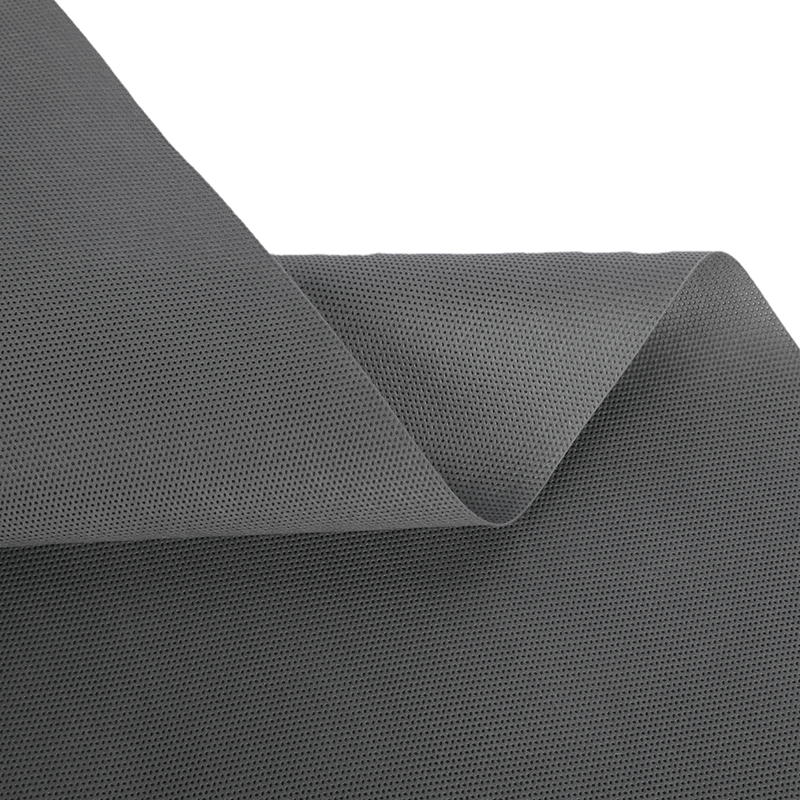The Composite Nonwoven Fabric is a combination of two or more resources. It is a material that combines the benefits of its constituent components in order to create unique mechanical properties. The new material is made of thermoplastic polymers and additives. Its manufacturing process involves the melt extrusion of filaments of 0.1 to 10 micrometers. The third layer is similar to the first, but the process is more complex. The layers are bonded together by heat or pressure.
The strength-breathability ratio of the composite nonwoven fabric is improved by the addition of cotton fibers. The material has a water-absorption capacity that is three to ten times higher than fabric without cotton. Moreover, the composite nonwoven fabric is resistant to punctures and is stable against gamma radiation. Because of its superior properties, the Composite Nonwoven Fabric is expected to become increasingly important in the coming years. Its production technologies have many advantages over conventional textiles. In addition to their superior properties, the composite fabrics can also offer faster production rates and require fewer raw materials.
The Composite Nonwoven Fabric of this invention demonstrates an excellent balance between strength and breathability. It has a high barrier property and has a high tensile strength. The resulting material is suitable for many industrial and medical applications. In particular, the Composite Nonwoven Fabric has a Gurley air permeability of 35 cfm for fabrics ranging in weight from 40 to 120 gsm. The material can be used in protective garments and medical applications.
The characteristics of the Composite Nonwoven Fabric shown in FIG. 1 are impressive. It is a three-ply composite, with an inner ply of 12 sandwiched between the outer plies of 11 and 13. The Composite Nonwoven Fabric possesses excellent strength, flexibility and drape. It has barrier properties and is particularly useful in medical applications and protective clothing. This material provides an ideal barrier between contaminants and the fabric. The advantages of this composite Nonwoven Fabric include a high level of absorbency and flexibility.
 The composite nonwoven fabric of this invention exhibits excellent strength and breathability.
The composite nonwoven fabric of this invention exhibits excellent strength and breathability. It has good barrier properties, including good elasticity and excellent resistance to gamma radiation. The Composite Nonwoven Fabric is useful in both industrial and medical applications. The barrier properties of this material make it a desirable choice for the manufacturing of protective garments and other products. The use of such nonwoven fabrics has a number of advantages. One of them is their ability to be biodegradable and compostable.
This innovative fabric is used in various industrial settings. Its high water absorption and barrier properties make it ideal for biomedical applications. Its flexibility also makes it a good choice for clothing. Because it can be recycled, it can reduce the costs of production. It is the ideal choice for environmentally conscious consumers. It can be made from waste cotton and recycled materials. These two factors combined make it a highly versatile and cost-effective material.
